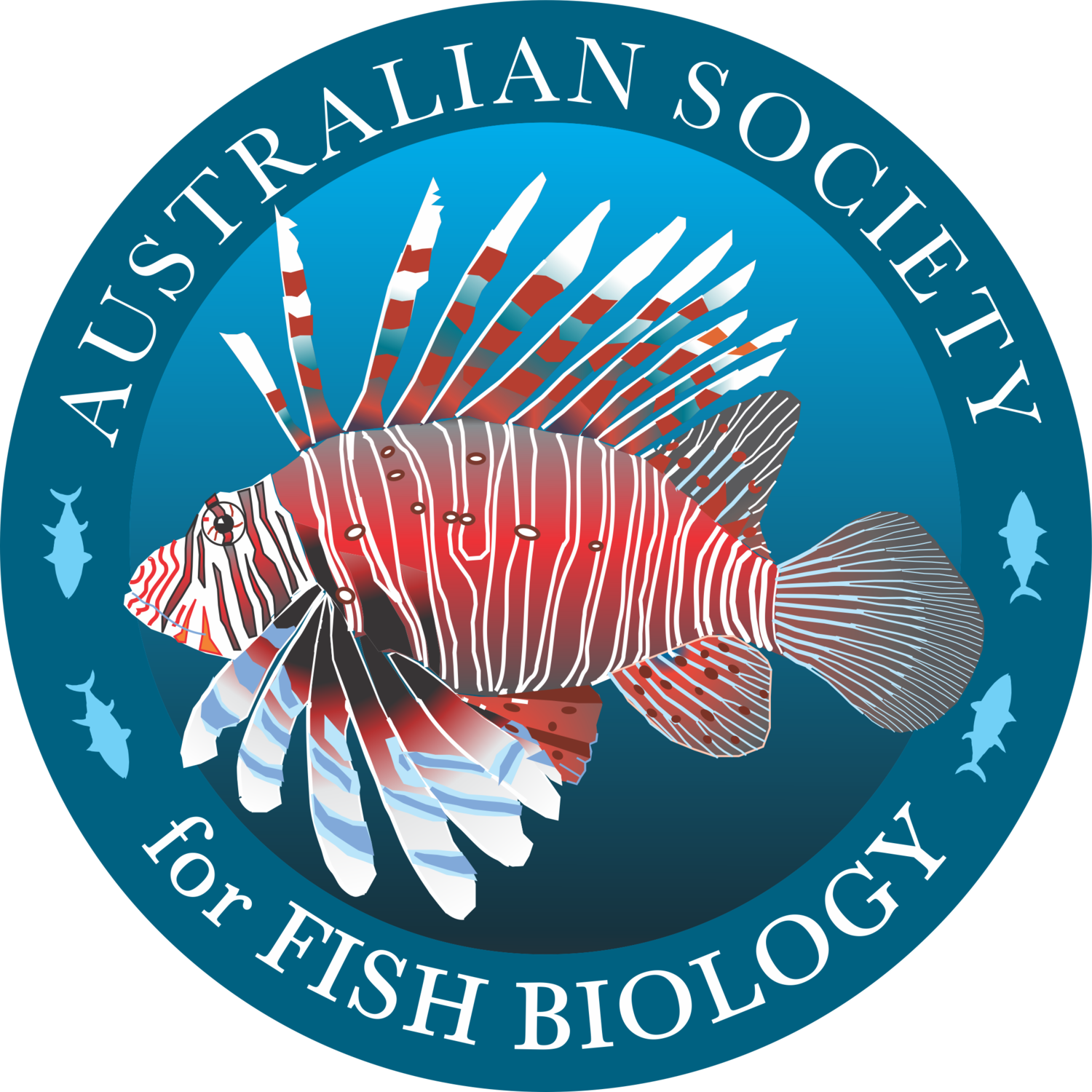Mick Olsen
Member of the Australian Society for Fish Biology
On 20 June 2008, ASFB members marked with sadness the passing of Mick Olsen at the age of 90. A cherished and respected member of the Australian Society for Fish Biology, he will be long remembered for his visionary and precautionary approach to fisheries management and for his major contributions to school shark life history and fisheries biology.
Mick joined the CSIRO Division of Fisheries and Oceanography at Cronulla (NSW) and was then transferred to Hobart in 1946 where he worked for 21 years. From 1967 until 1976, he was Director at the South Australian Department of Fisheries and Fauna Conservation. His varied career included work on scallops, rock lobsters, oysters and abalone, but Mick is best known to the chondrichthyan world for his research on the school shark (or soupfin shark as it is known in California) that began in 1946 while working at CSIRO and spanned well over 30 years. Between 1953 and 1984, Mick published a series of papers on the biology, migrations and fishery for this species in south-eastern Australia. In addition to his work on the life-history, reproduction, growth rates and movements, and the development and status of the fishery Mick recognized the importance of the inshore nursery areas of this species and the need to protect them. His detailed surveys of these nursery areas in Victoria and Tasmania formed a baseline for future studies and his pioneer tagging work resulted in recoveries of marked fish over 40 years later. His tagging techniques are still used today, but have been adapted to attach high-tech tags to the dorsal fins or inserted inside the body cavity of sharks. Mick maintained an active interest in theschool shark fishery long after his retirement, was involved in several workshops with industry, managers and researchers in the 1990s and continued to have input into stock assessments until only a few years ago.
Mick was educated in Tasmania and worked as a medical bacteriologist and biochemist before following his love of the sea and becoming a fisheries biologist. On his initial transfer to Hobart he was installed as ‘caretaker’ of the building which was to be converted to CSIRO laboratories. However, the building was occupied by up to 60 squatters that presented Mick with some unique challenges which he rose to with his characteristic doggedness.
He introduced diving to CSIRO to study scallops and rock lobsters and, in 1947, was the first person to use a full-dress diving suit as a research tool. In 1955, he switched to SCUBA and was also involved in underwater filming. In his hard-hat diving days it is said the team in the boat once pulled up the hard hat, while Mick was still standing on the bottom in his leaden boots. They then pulled him up in a hurry, while he was holding his breath.
Mick became Director of Fisheries in South Australia in 1967, partly to bring some order to an ‘anything goes’ situation. He was an environmentalist, uncompromising and well ahead of his time in his thinking. Apart from his protection of shark nursery areas, he recognized the importance of seagrass beds and mangroves and he established protected areas for them. He introduced the systematic collection of catch and effort data and limited entry into all fisheries, set up aerial surveillance and established artificial reefs. Mick encountered much opposition to his ‘limited entry’ policies, and at a national level openly confronted Dr Don Francois, then NSW Director of Fisheries, and an avowed advocate of open access and ‘free competition’ policies in fisheries. At home, he confronted the then Premier of South Australia, Don Dunstan, who sought to promote harvesting of seagrass for its high cellulose content, and in this and other conflicts he quoted Machiavelli (1532) when he said: “There isnothing more difficult to take in hand, more perilous to conduct, or more uncertain in its success, than to take the lead in a new order of things”.
He introduced Pacific oysters into South Australia, leading the way for the establishment of the aquaculture industry, which has since become a major sector of Primary Industries in South Australia. Mick published 52 papers on such diverse topics as lobster biology, school sharks, drift bottles, and even freshwater studies, completed after retirement.
Mick was awarded the Centenary Medal in 2001 and became a Member of the Order of Australia in 2004 for services to the fishing industry in South Australia, and his legacy is the sound basis for the sustainability of the fisheries in South Australia, an example to be followed by the other States in Australia.
John Stevens & Scoresby Shepherd
CSIRO & SARDI
4 August 2008
Interviews and photos of Mick Olsen can be viewed on the Bright Sparcs website, University of Melbourne eScholarship Research “Collection of Albert Mervyn Olsen.”
http://www.asap.unimelb.edu.au/bsparcs/biogs/gallery/P002751g.htm
Selected Bibliography
Olsen, A.M. (1945) Alum carmine as a stain for whole mounts. Lab. J.Aust. 3, 110-111.
Olsen, A.M. (1954) The biology,migration and growth rate of the school shark,Galeorhinus australis, (Macleay) Carcharhinidae in south eastern Australian waters.Aust. J. Mar. Freshw. Res. 5, 353-410.
Olsen, A.M. (1955) Underwater studies on the Tasmanian commercial scallop,Notovola meridionalis. Aust. J. Mar.Freshw. Res. 6, 392-409.
Olsen, A.M. (1959) The status of the school shark fishery in southeastern Australian waters. Aust. J.Mar. Freshw. Res. 10, 150–176.
Olsen, A. M.(1982) Fisheries Management: political inhibitions (Criticism from former Director of Fisheries). Mar. Policy 6, 140-147.
Olsen, A.M. & Shepherd, S.A. (2006) Historic Drift bottle experiments show reversing surface water masses in western Bass Strait waters: Implications for lobster larval dispersal. Trans. R. Soc. S.Aust. 130 (1), 113-22.

